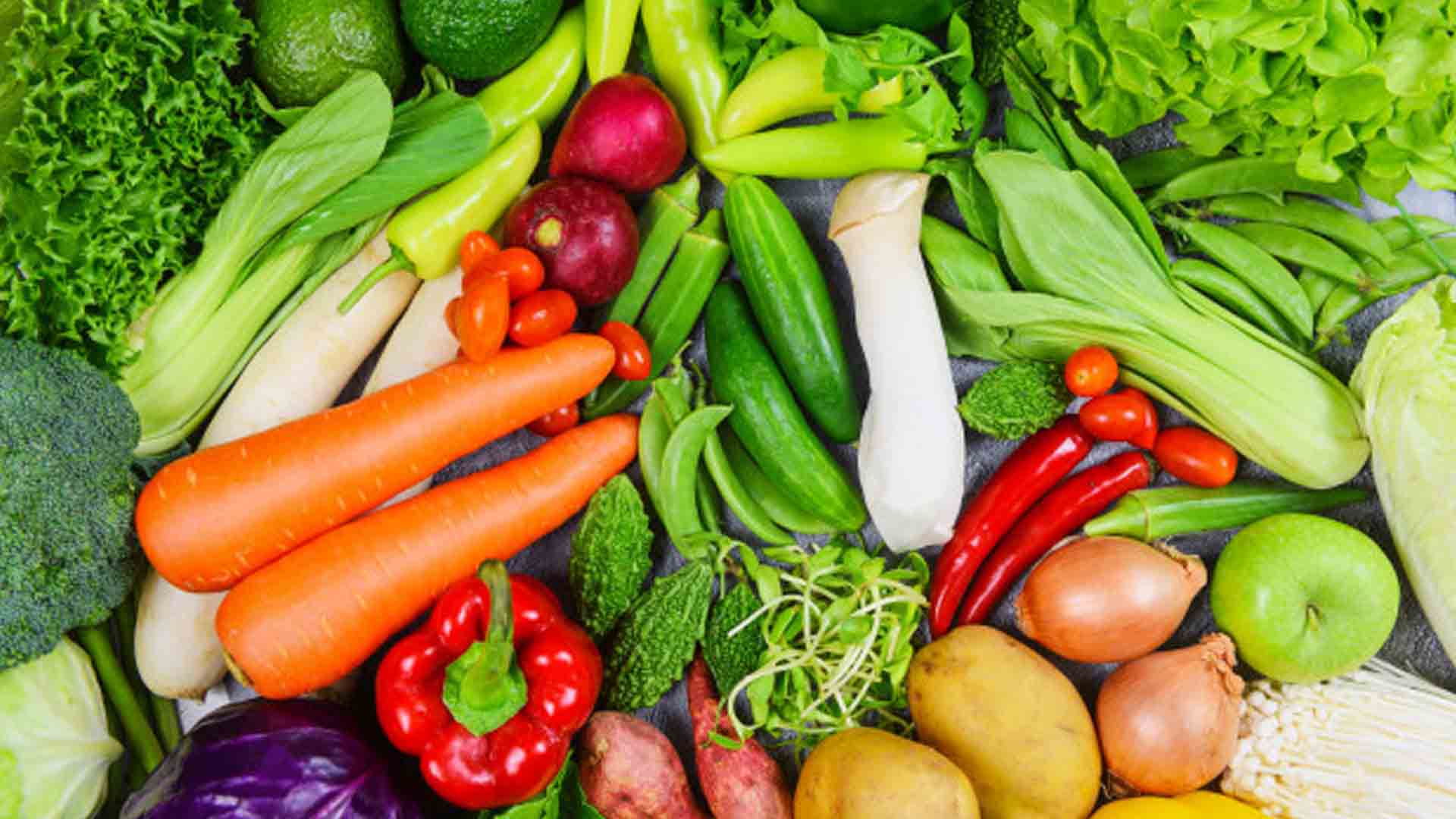Not all vegetables consumed are equal.
Vegetables commonly eaten in the Philippines vary widely in terms of phenolic content and antioxidant capacities. This simply means that the nutritional or health value of vegetables, when subjected to chemical reaction or process, can either increase, decrease, or remain the same.
Elderlies are correct in saying not to over-cook the veggies because boiling can significantly affect the phenolic content and antioxidant capacities of up to 92% and 88%, respectively. In effect suggesting that vegetables, particularly the green leafy ones, must be subjected to minimal heating to prevent the loss of antioxidants. This is based on the study of a team of researchers from the Philippine Rice Research Institute.
The research team evaluated the total phenolic content (TPC) and antioxidant capacity of 47 locally cultivated vegetables, both in raw form and in a state that they are usually consumed. These vegetables are sourced from the provinces of Benguet, Bulacan, Isabela, Nueva Ecija, and Mountain Province in Northern and Central Luzon.
Phenolic compounds are water-soluble antioxidants from plants that are important because of their potential to prevent and treat cancer. But other than cancer, antioxidants could also have potential use in the treatment and prevention of atherosclerosis, heart failure, neurodegenerative disorders, aging, diabetes mellitus, and other diseases.
The researchers wanted to estimate the phytochemical content and antioxidant capacities of the vegetables in the form that they are typically eaten, to provide insights as to how these plant foods can be used as source of phytochemicals that can promote good health.
Based on the study of the Food and Nutrition Research Institute of the Department of Science and Technology (DOST-FNRI), Filipinos consume one-half cup (114 g) of boiled vegetables per day or for the three major meals in a day, while adolescents in public schools in Metro Manila consume even less (81 g.) Actually, these consumption patterns fall below DOST-FNRI’s Pinggang Pinoy, a local food guide’s recommended intake of three-fourths to one cup of raw or cooked vegetables per meal.
“National data shows that ours is a country where chronic diseases such as cardiovascular diseases and cancers have continued to afflict many people, and prevention through the consumption of low-cost health foods such as vegetables needs to be promoted as this is a better and more sustainable approach than expensive medical treatment,” Rosaly V. Manaois, who leads the research team, said.
Results of the study by the researchers show that when consumed raw, the following vegetables have the highest TPC among the samples tested: turmeric (luyang dilaw), red coral lettuce, sweet potato tops (talbos ng kamote), chili leaves (talbos ng sili), jute (saluyot), lowland water spinach (kangkong), green eggplant (talong na bilog), and purple eggplant (talong na haba). These samples also had the highest antioxidant capacities among the 47 vegetables tested.

On the other hand, boiling is one of the most common cooking methods in the Philippines. Phenolics are known to be destroyed upon boiling due to their thermal instability. However, several samples still exhibited the highest TPC among the samples tested after boiling. These are turmeric, chili leaves, lowland water spinach, and purple eggplant. They also remained powerful antioxidants after boiling. Furthermore, turmeric contains the phenolic compound curcumin, which has been extensively studied and reported to exhibit high antioxidant capacity and various other biological functions and medicinal effects.
The study which focused on water-soluble antioxidants only also recommends evaluation of fat-soluble antioxidants, such as beta-carotene and lycopene, in vegetables. The other members of the research team aside from Manaois are John Edward I. Zapater, and Amelia V. Morales from the Rice Chemistry and Food Science Division of Philippine Rice Research Institute.
A complete version of this study will soon be published and accessed online in the Philippine Journal of Science, the oldest science journal in the country, published by the DOST- Science and Technology Information Institute (DOST-STII).







